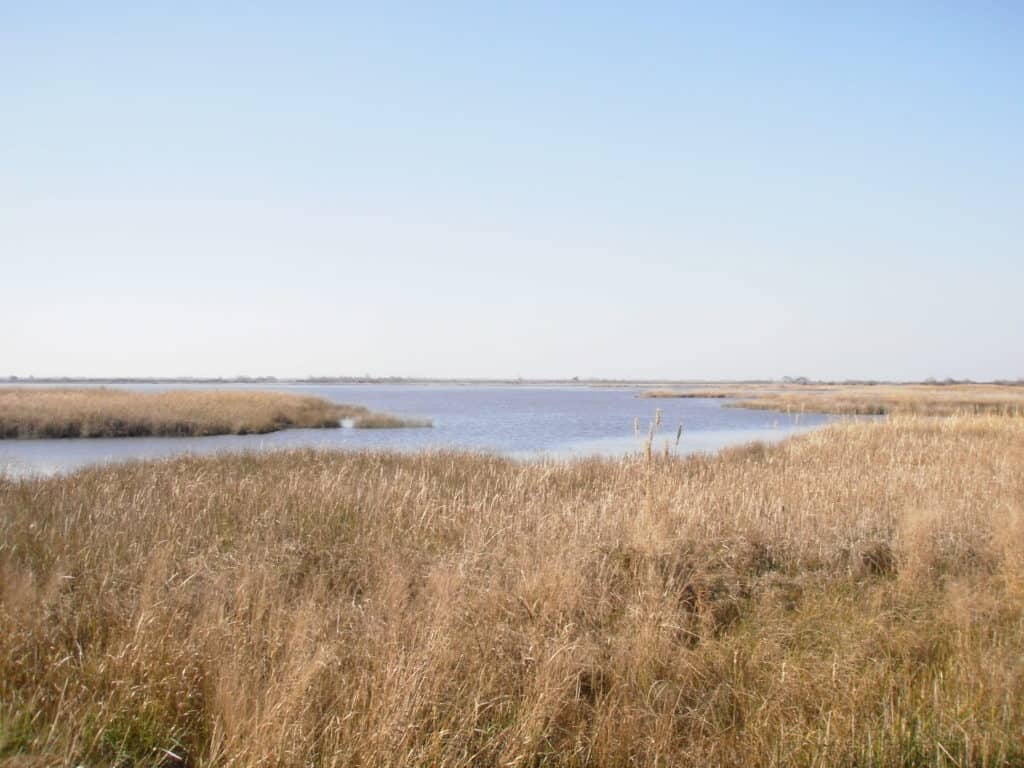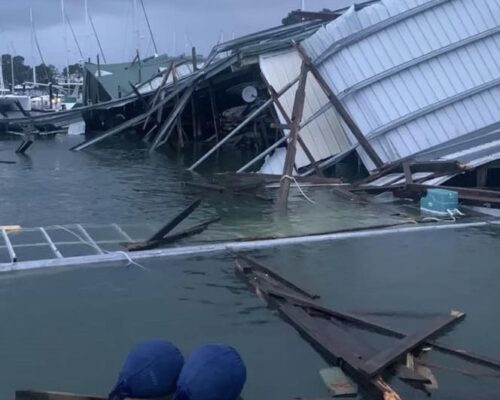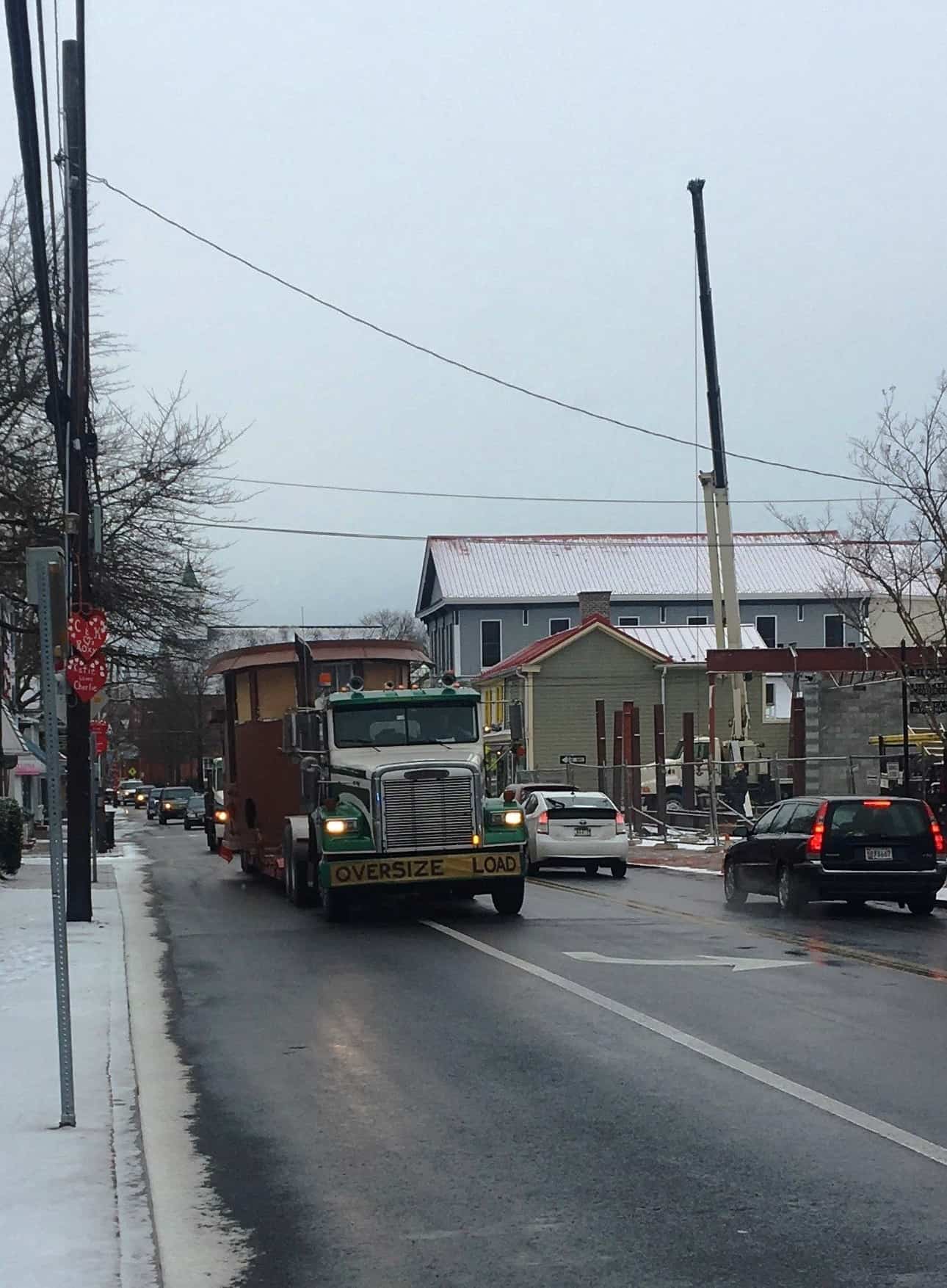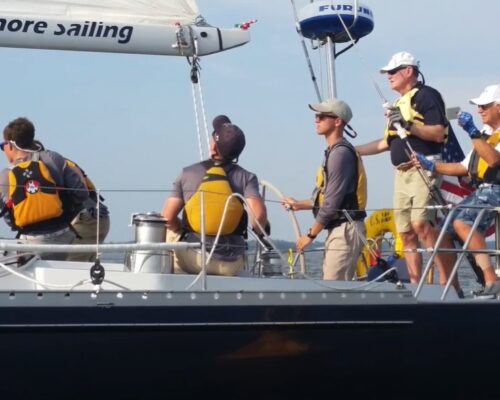Coastal Virginia is no stranger to the effects of flooding and sea level rise, and one Hampton Roads city is stepping up to find archaeological sites that may in danger due to the rising waters.
The Virginia Department of Historic Resources (DHR) and the City of Virginia Beach are working with environmental consultant Dovetail Cultural Resource Group to take stock of any archaeological sites in the southern parts of the city and determine their future in face of sea level rise, erosion, and recurrent flooding.
Work is slated to take place this winter and spring and will survey areas including Back Bay and along the North Landing River. Dovetail will carry out the field work, with logistical support from the City of Virginia Beach Historic Preservation Commission.
Brad Hatch, Dovetail’s Archaeology Division Manager, estimates that there are more than 70 known sites in southern Virginia Beach and says Dovetail may discover up to 30 new sites with the help of a predictive model.
Dovetail won’t excavate during the survey; instead, data will be taken on foot and by car, as well as by shoreline survey from a boat.
Hatch tells Bay Bulletin, “The shoreline survey will be particularly helpful in understanding the extent to which sites in the area are at risk from erosion influenced by sea level rise.”
Why are the city’s archaeological sites so important to protect? Their potential artifacts represent a nearly-complete sample of human presence in this part of coastal Virginia, Hatch says:
“Virginia Beach contains a wealth of archaeological resources dating from the earliest periods of human settlement during prehistory, well over 10,000 years ago, to early colonial sites form the seventeenth and eighteenth centuries, as well as numerous sites from the nineteenth and twentieth centuries.”
Mark Reed, the city’s Historic Preservation Planner, is expecting more to turn up in the southern portion of the city than in the northern portion, where surveys were finished in 2018.
While development has already compromised many of the sites in northern Virginia Beach, the remainder of the city along the shoreline hasn’t been disturbed in the same way. “The southern half of the city is different; it’s mostly rural, so we’re expecting to find a higher percentage of these (archaeological sites),” says Reed.
Pinpointing the archaeological sites will help Virginia Beach make a broader plan for what to do about sea level rise and recurrent flooding. And Hatch says time may be running out for sites in Back Bay and along the North Landing River.
“It is quite likely that some sites in the area are already gone due to these processes, as islands in Back Bay appear to have shrunk and eroded significantly over the past decades,” he explains.
“Sea level rise and erosion are already major threats for coastal sites in this portion of the Commonwealth, as more of these finite resources are washing away every day. Once these sites are gone we are unable to learn anything new about our history from them, which is why assessments like this one are imperative to understanding what sites still exists and which ones are in grave danger.”
-Laura Adams Boycourt




